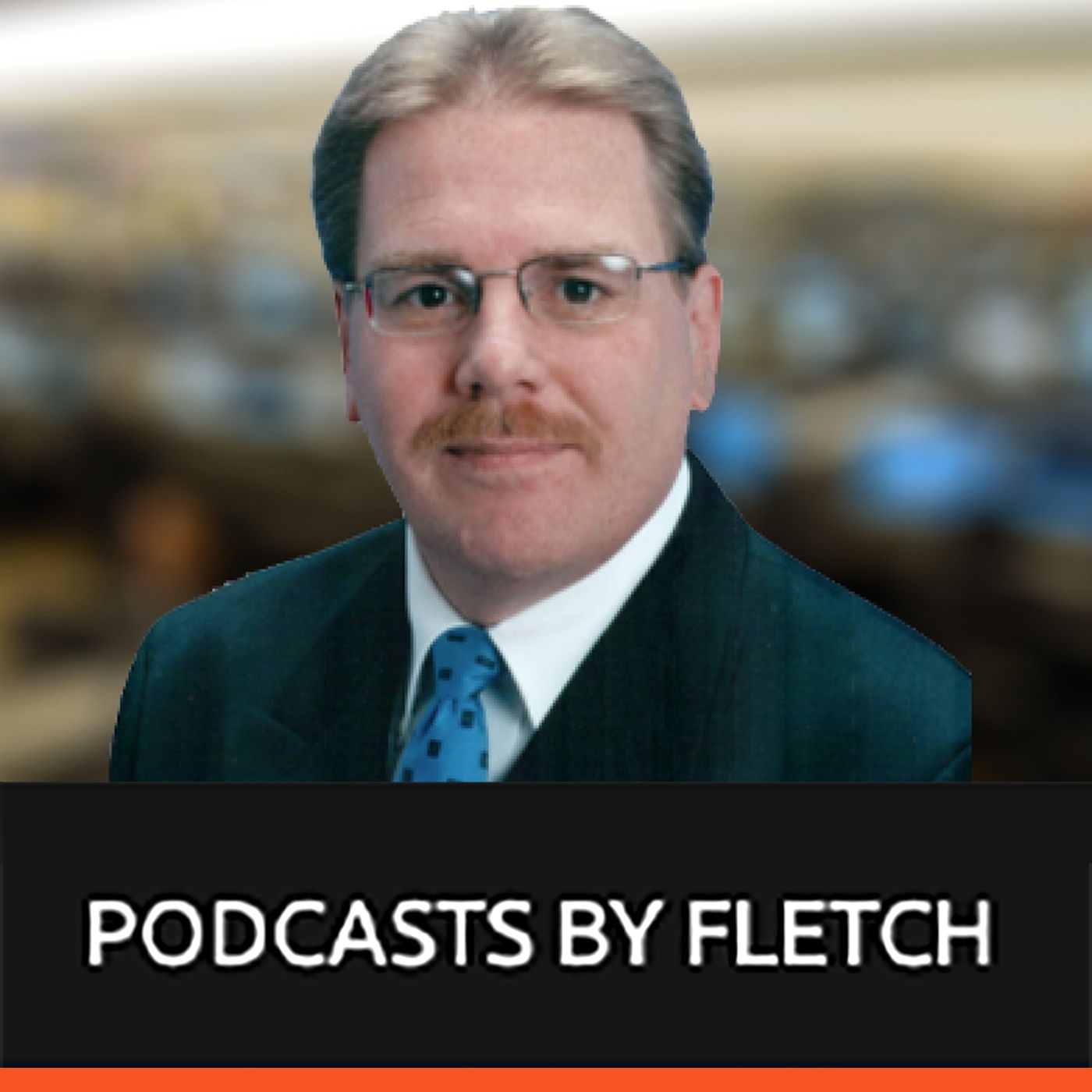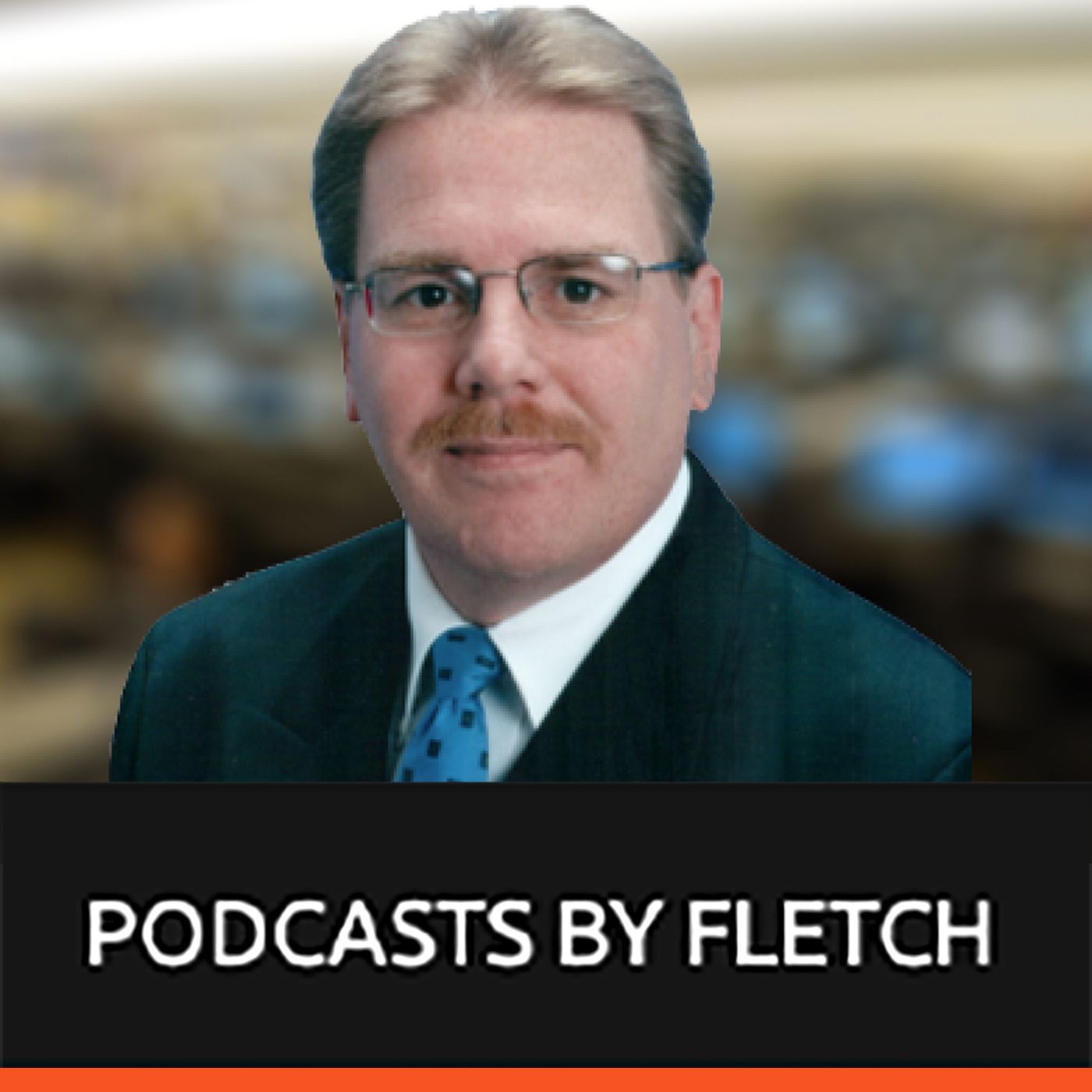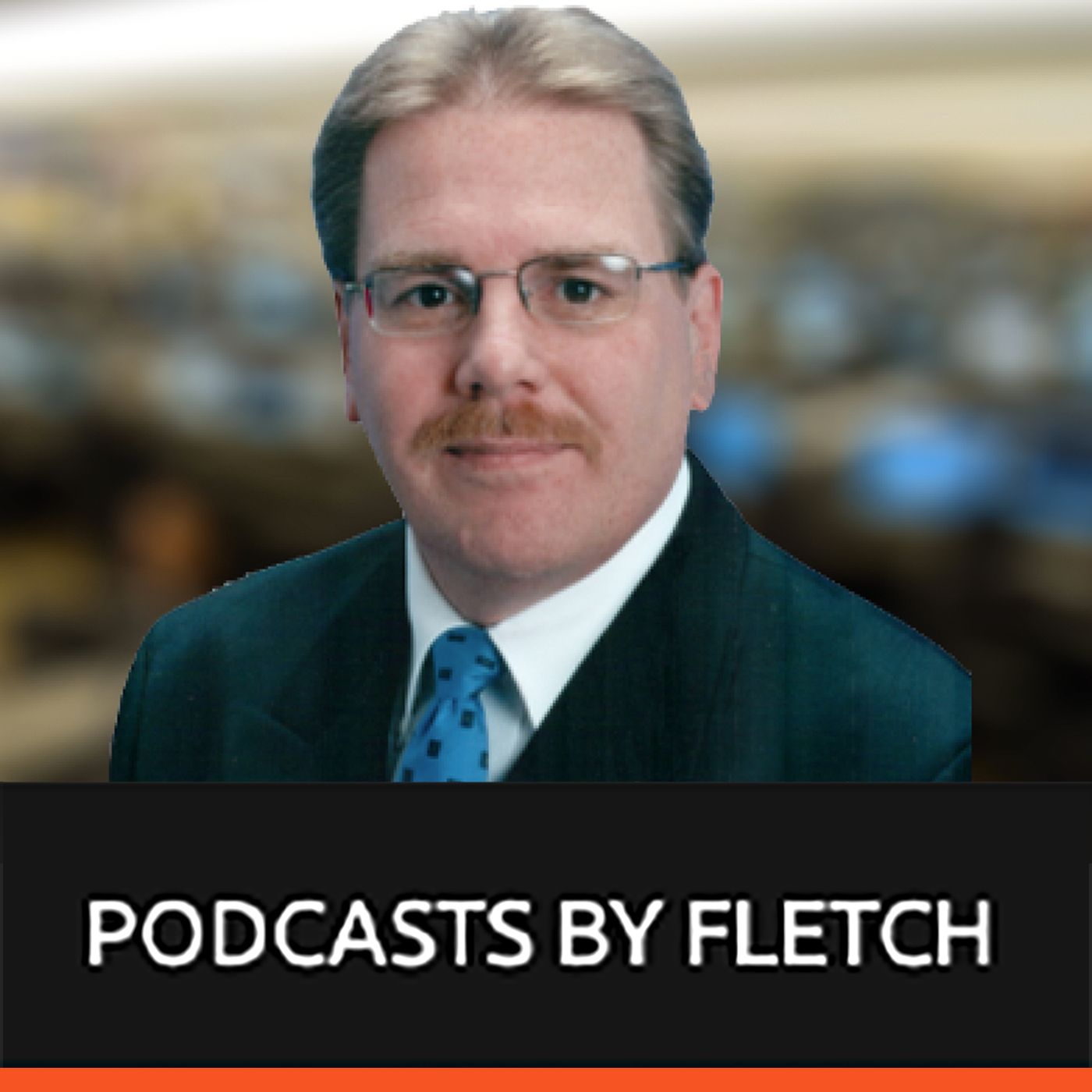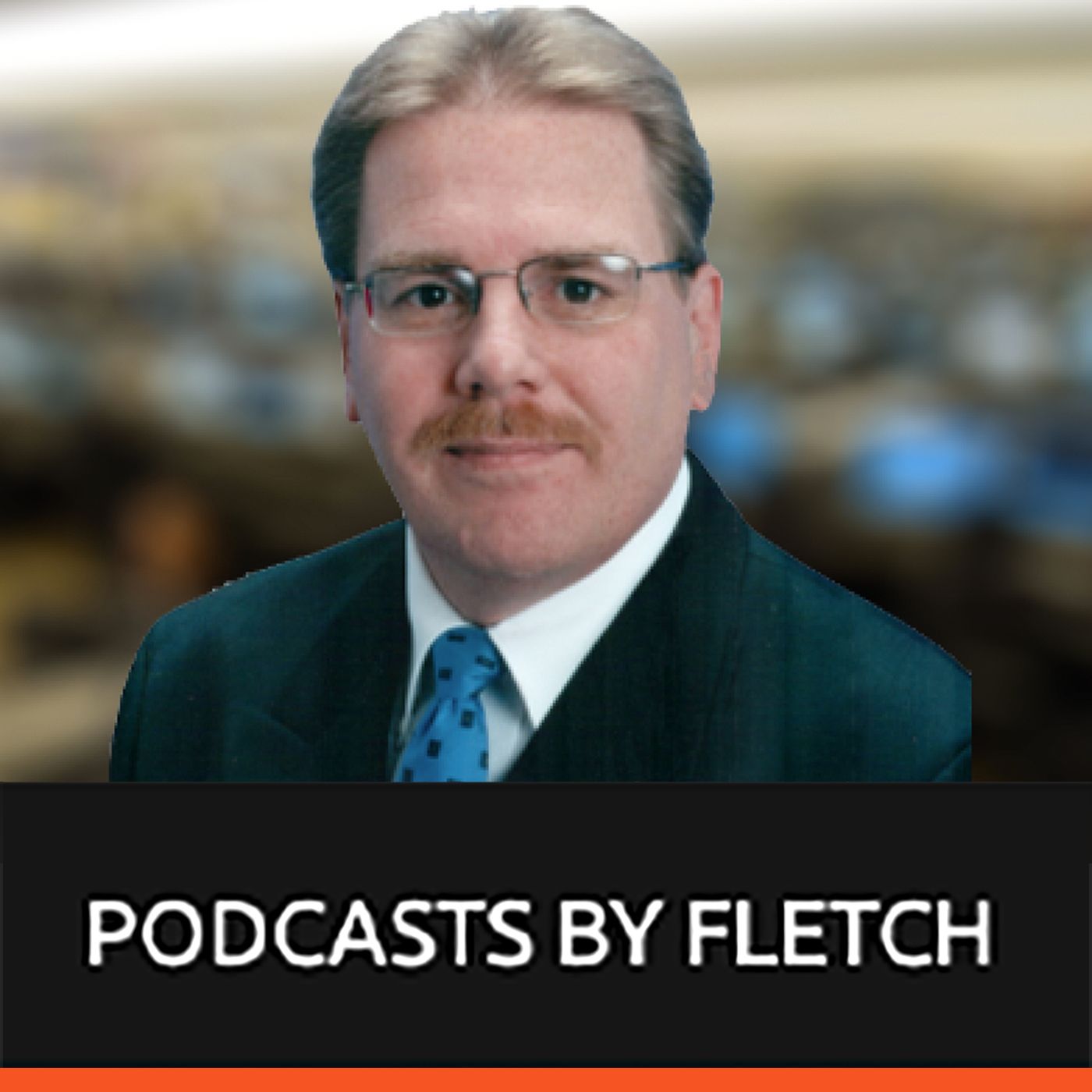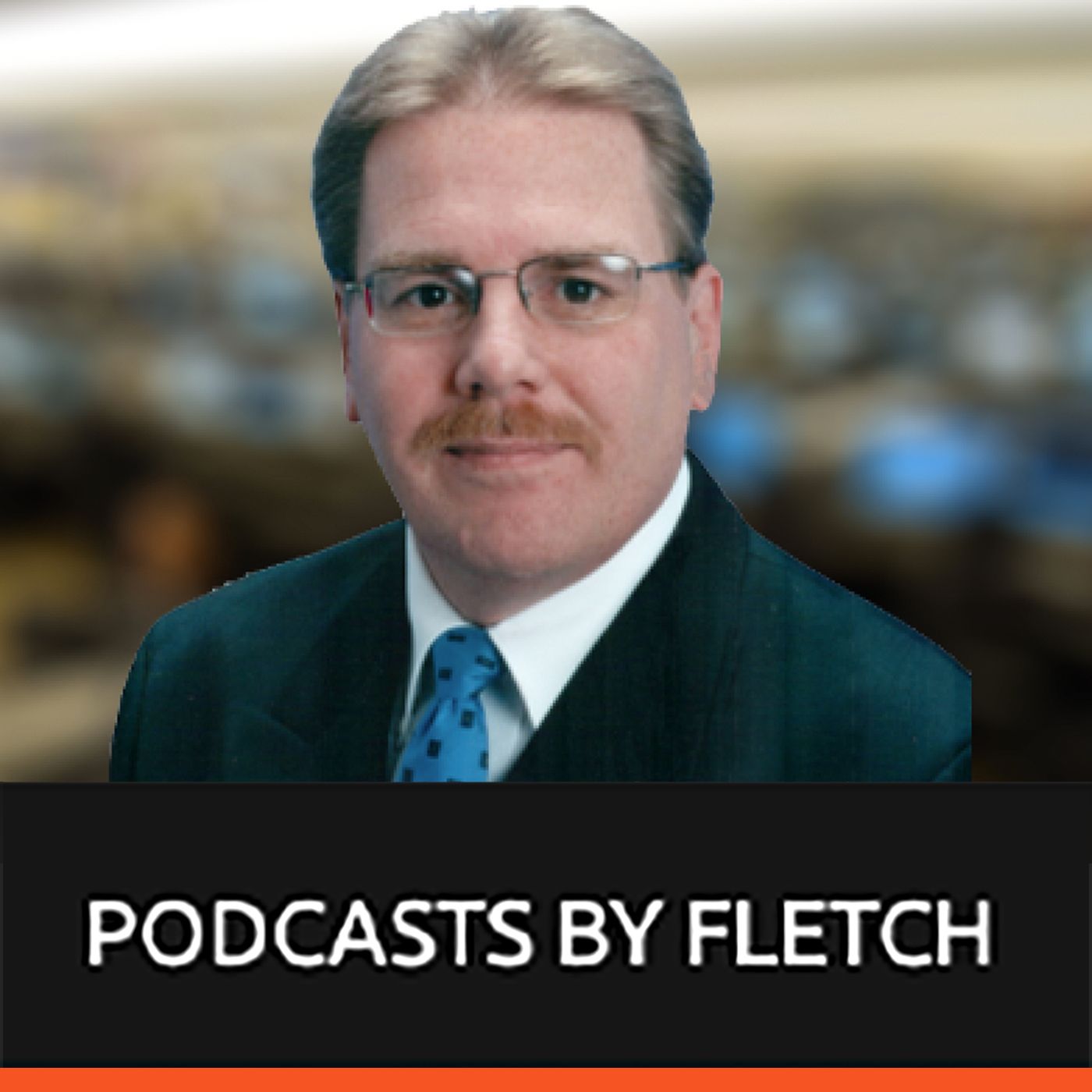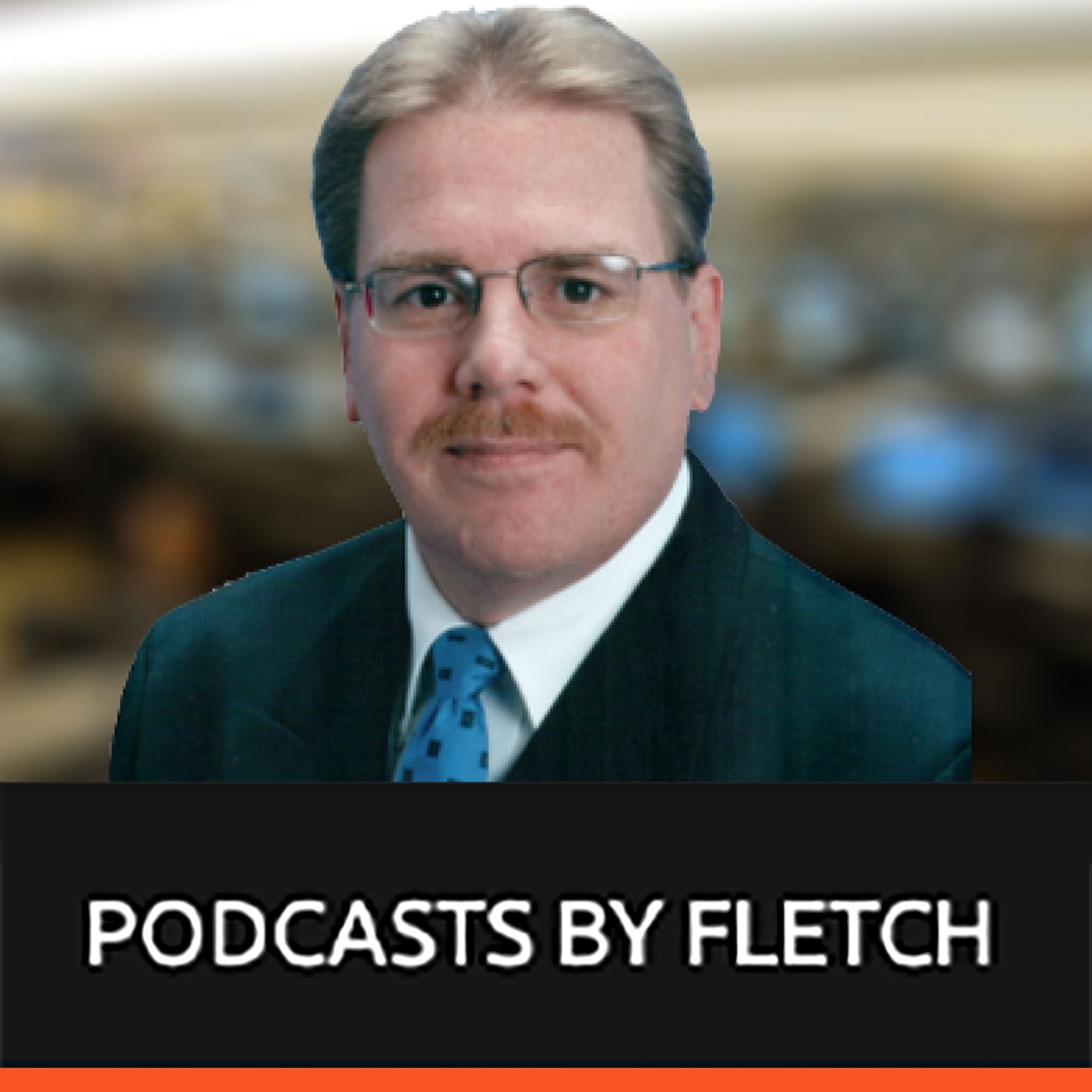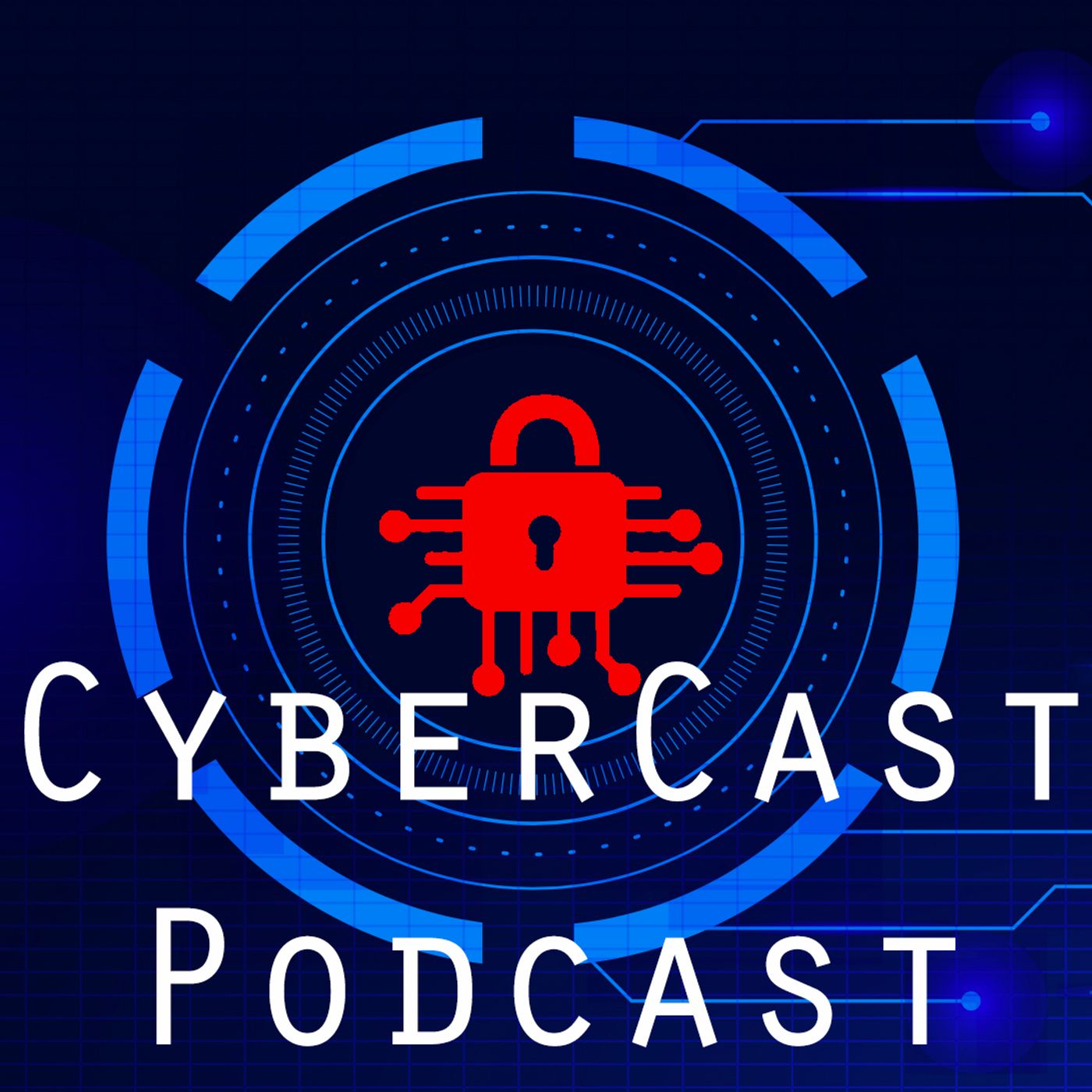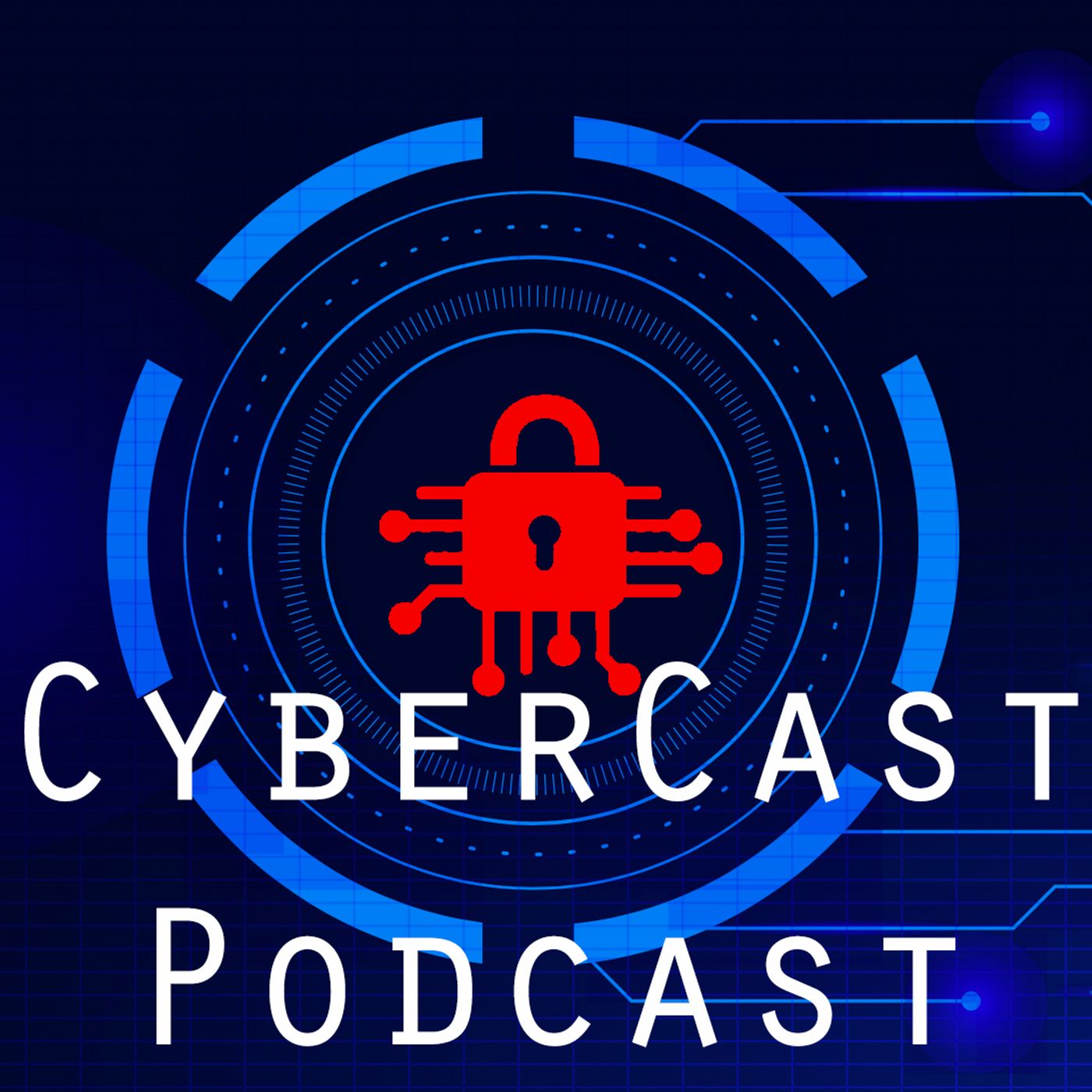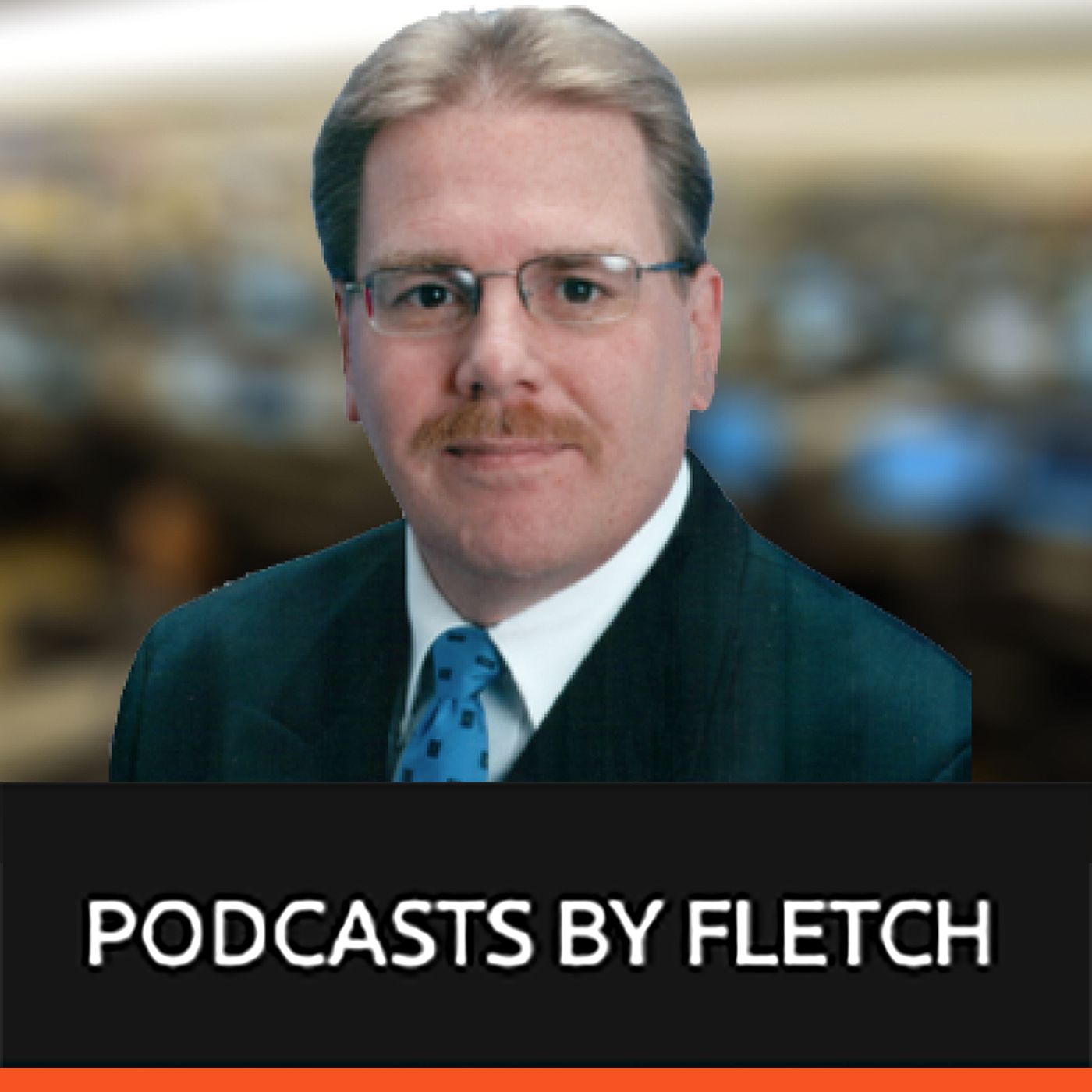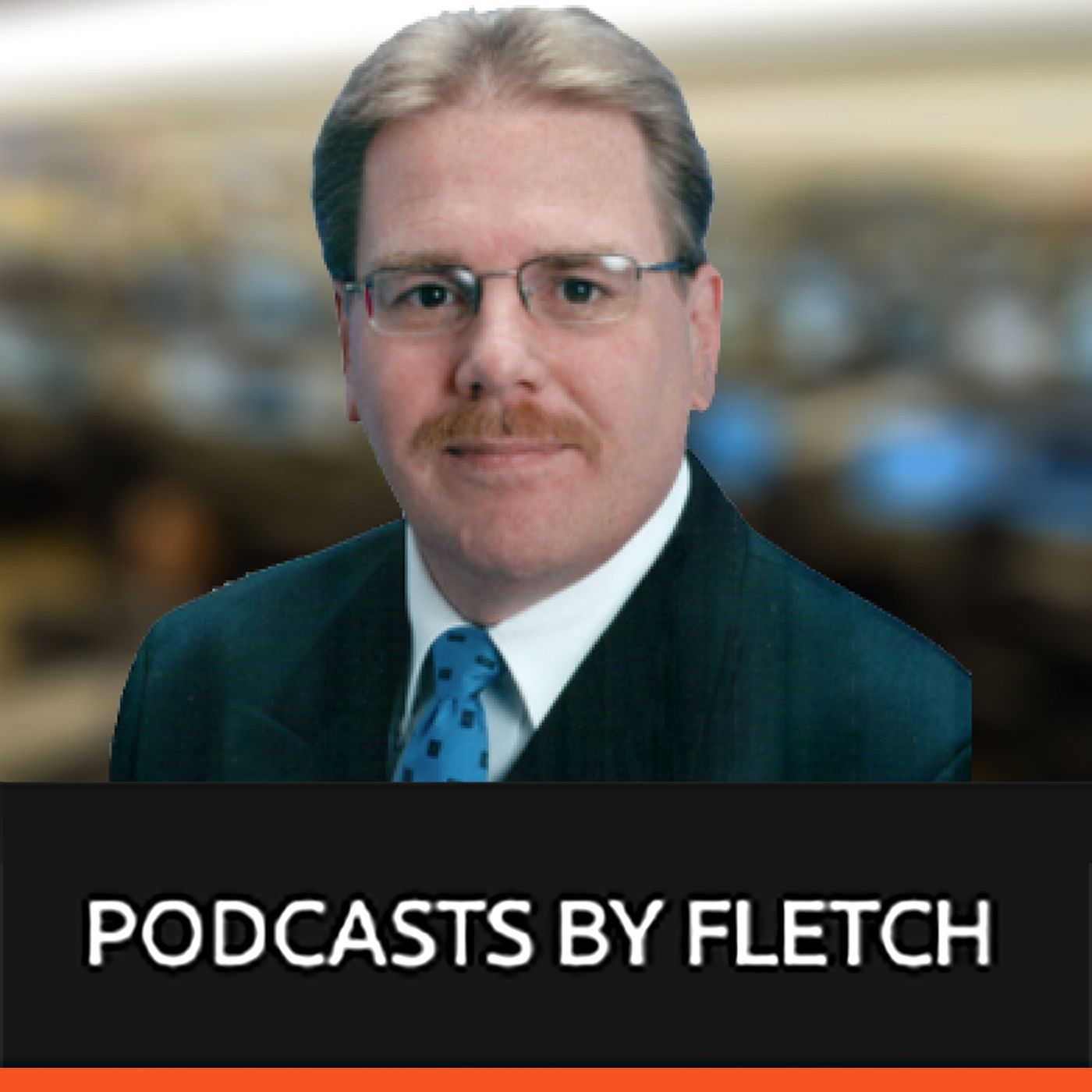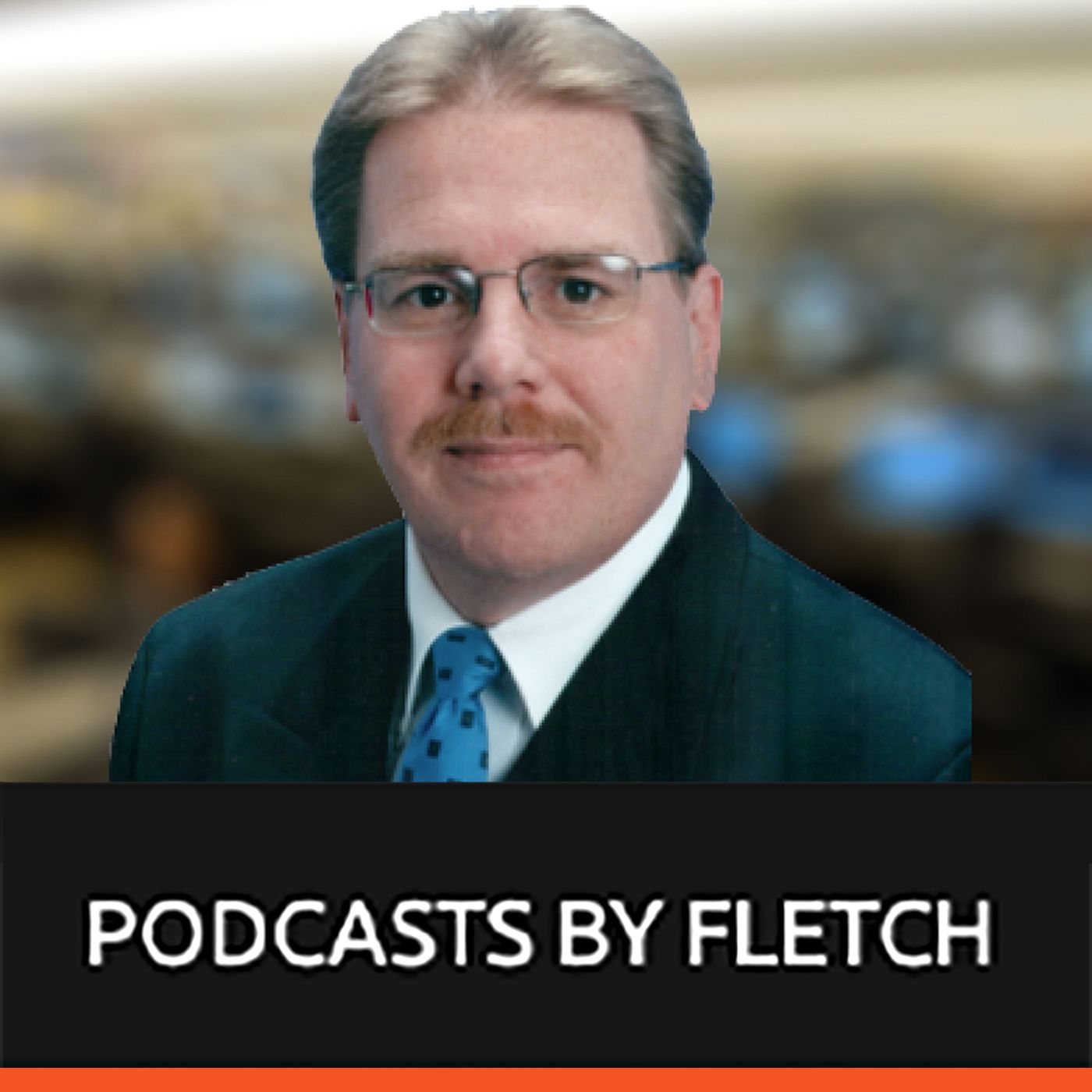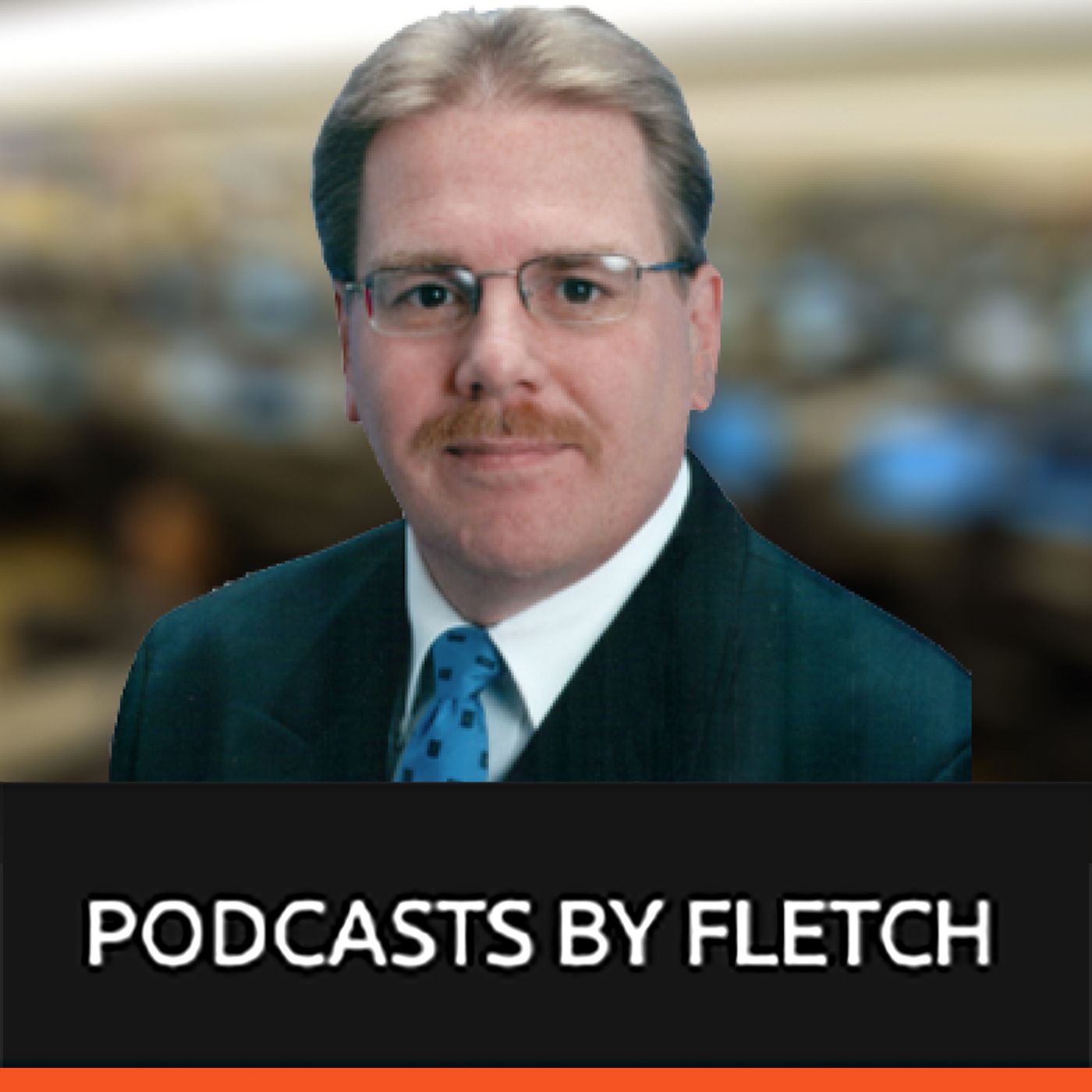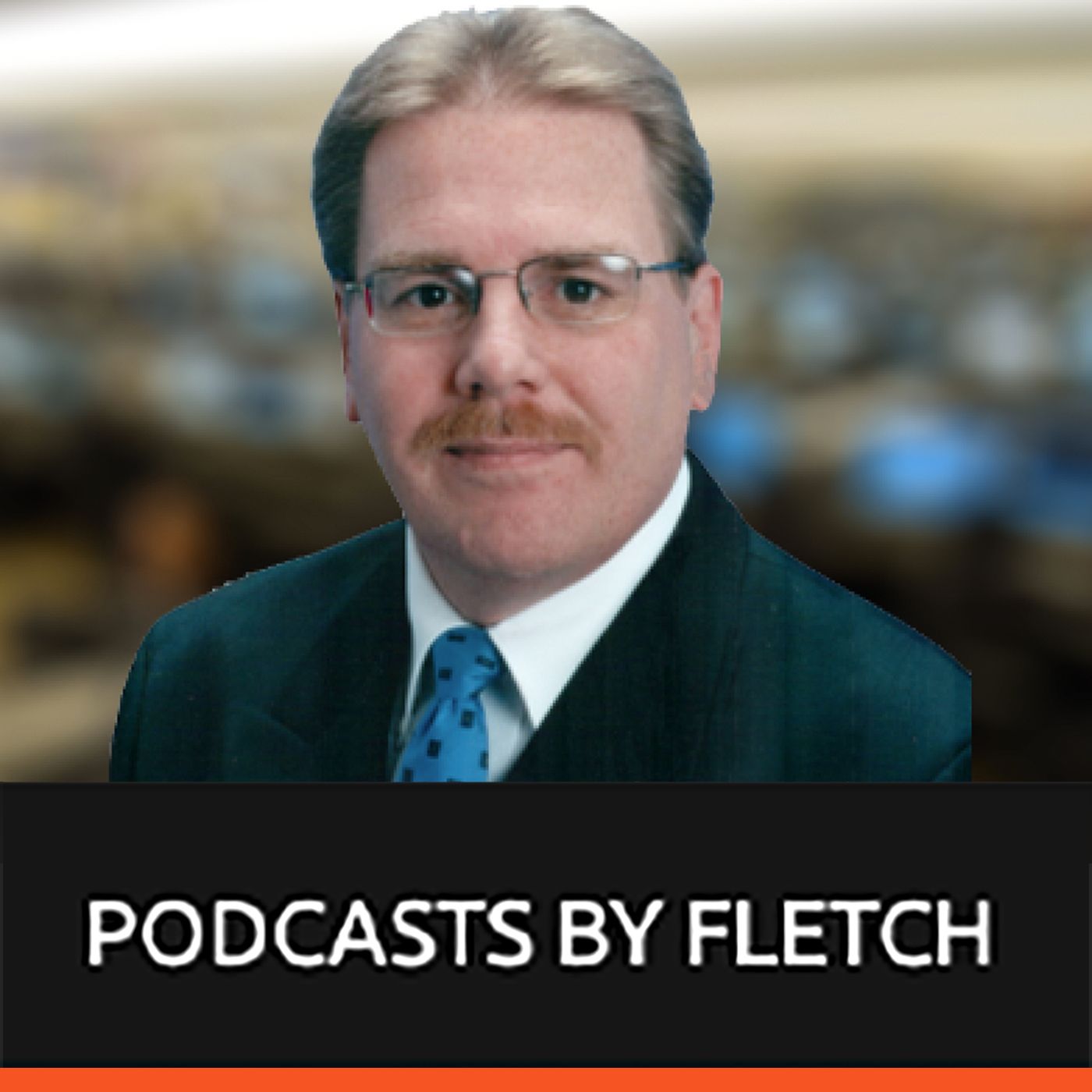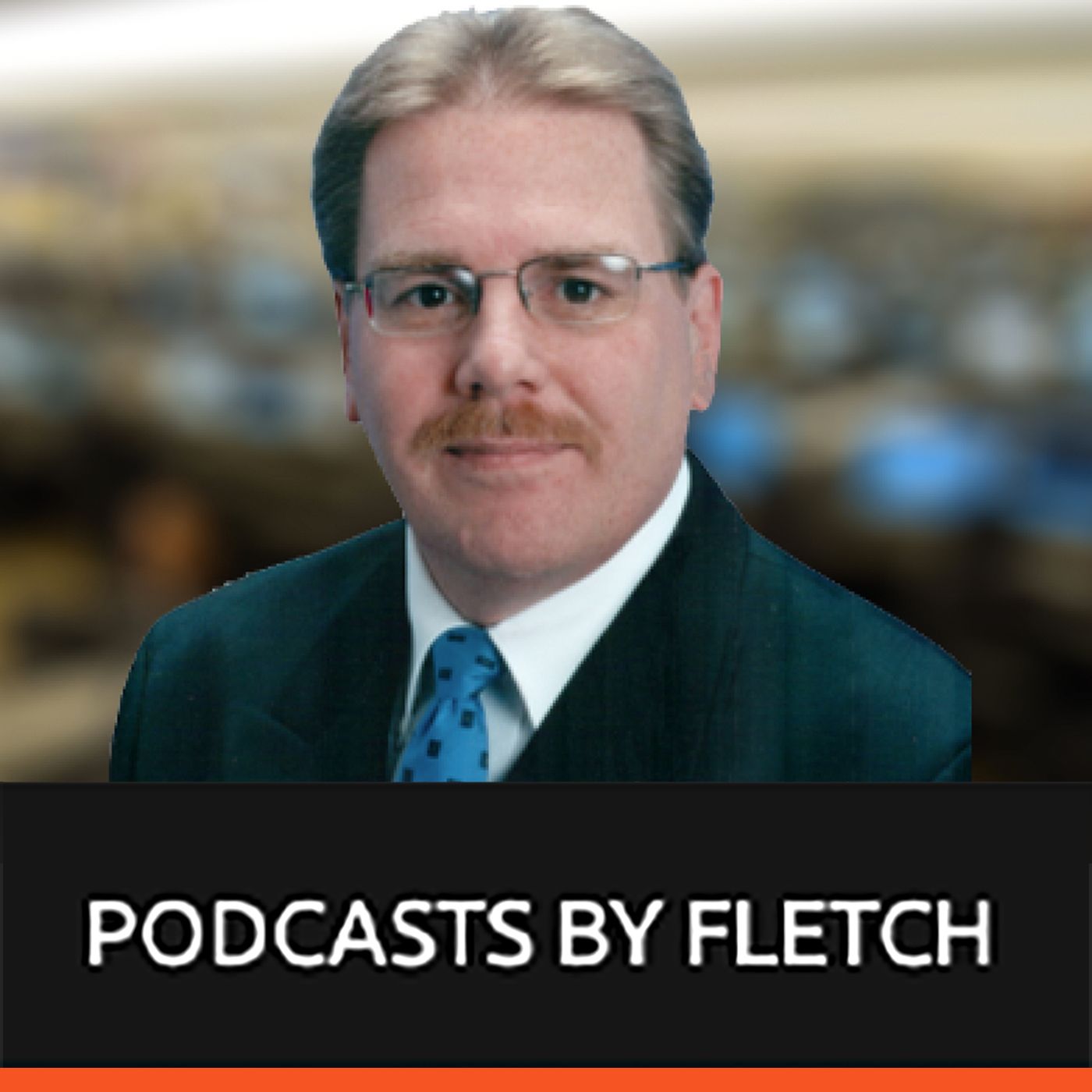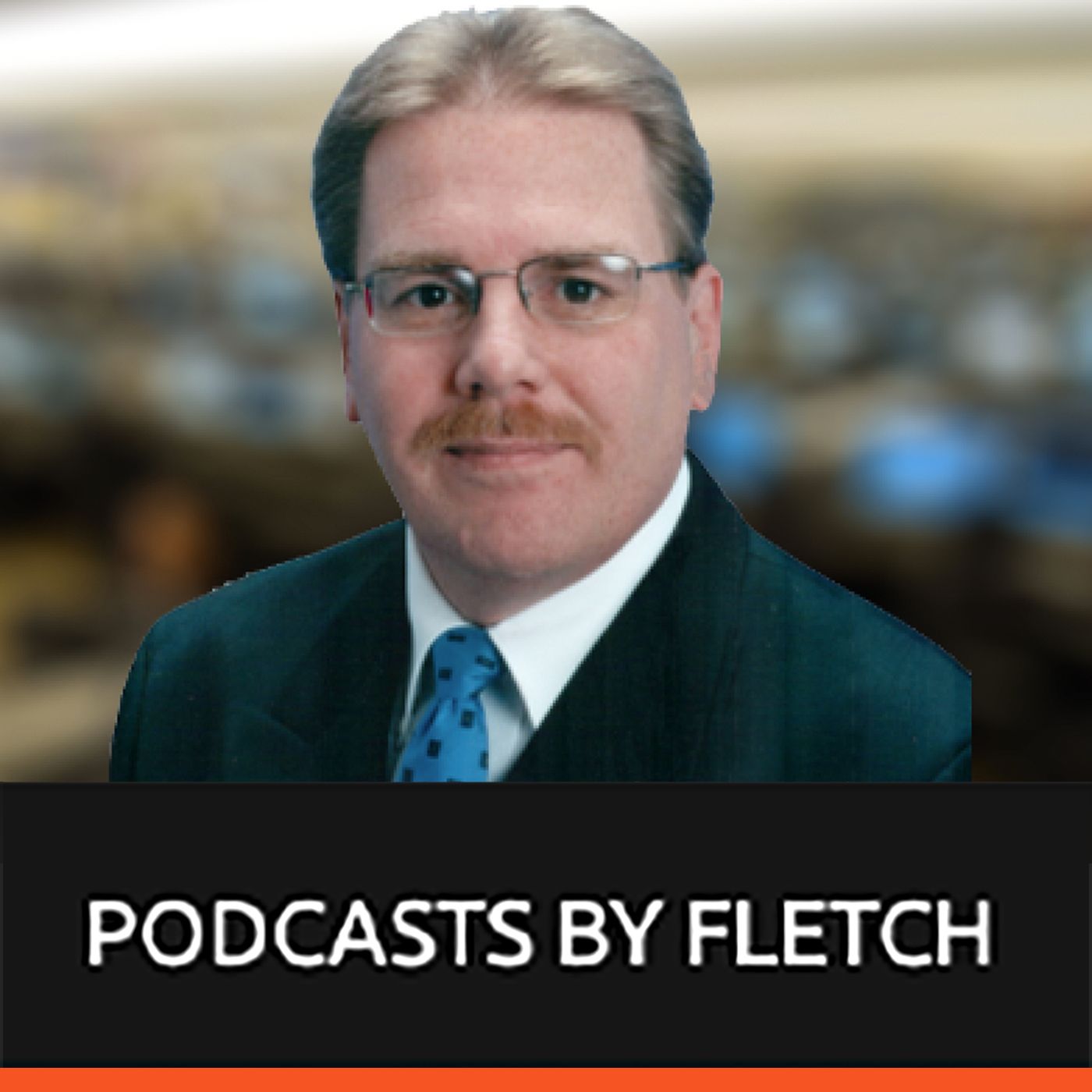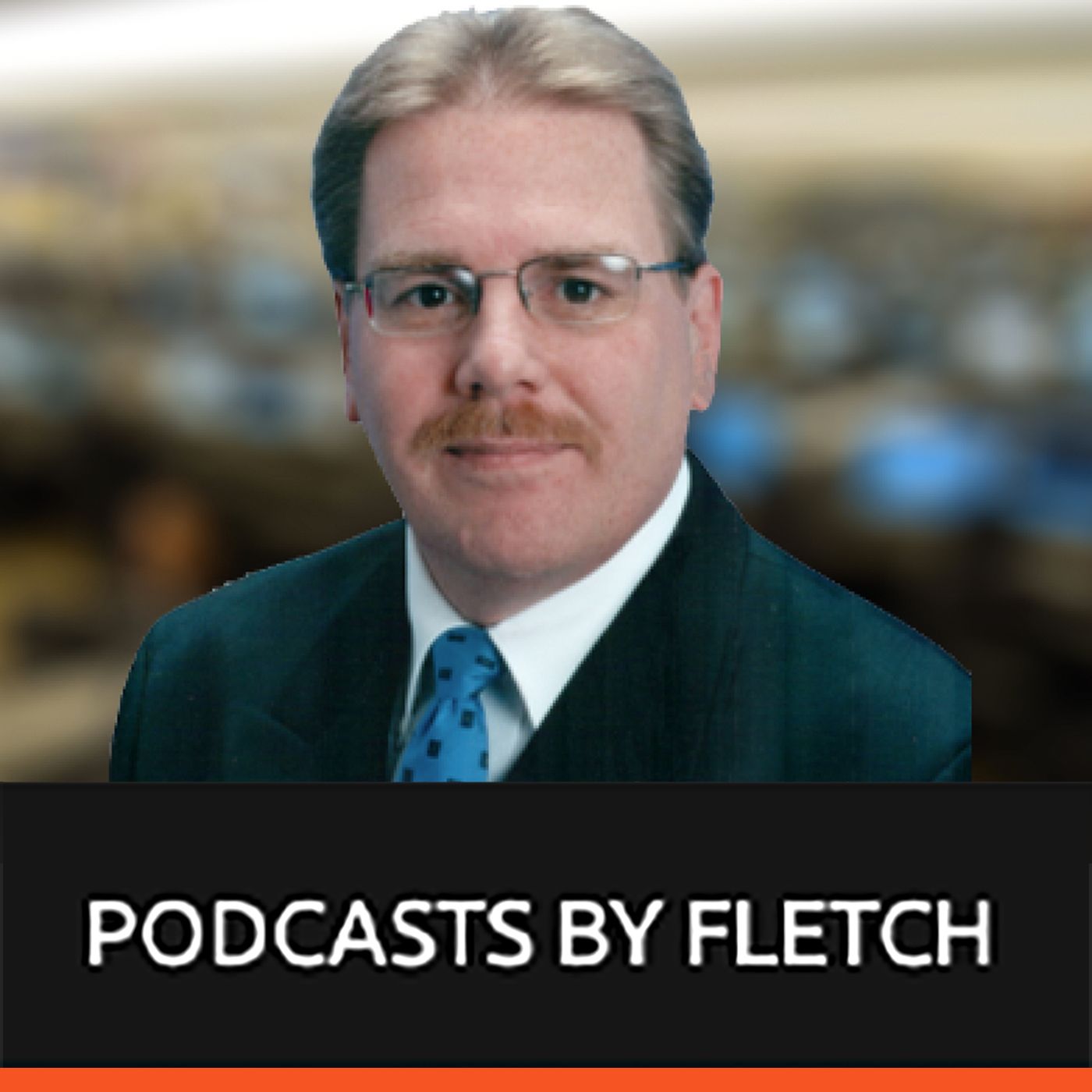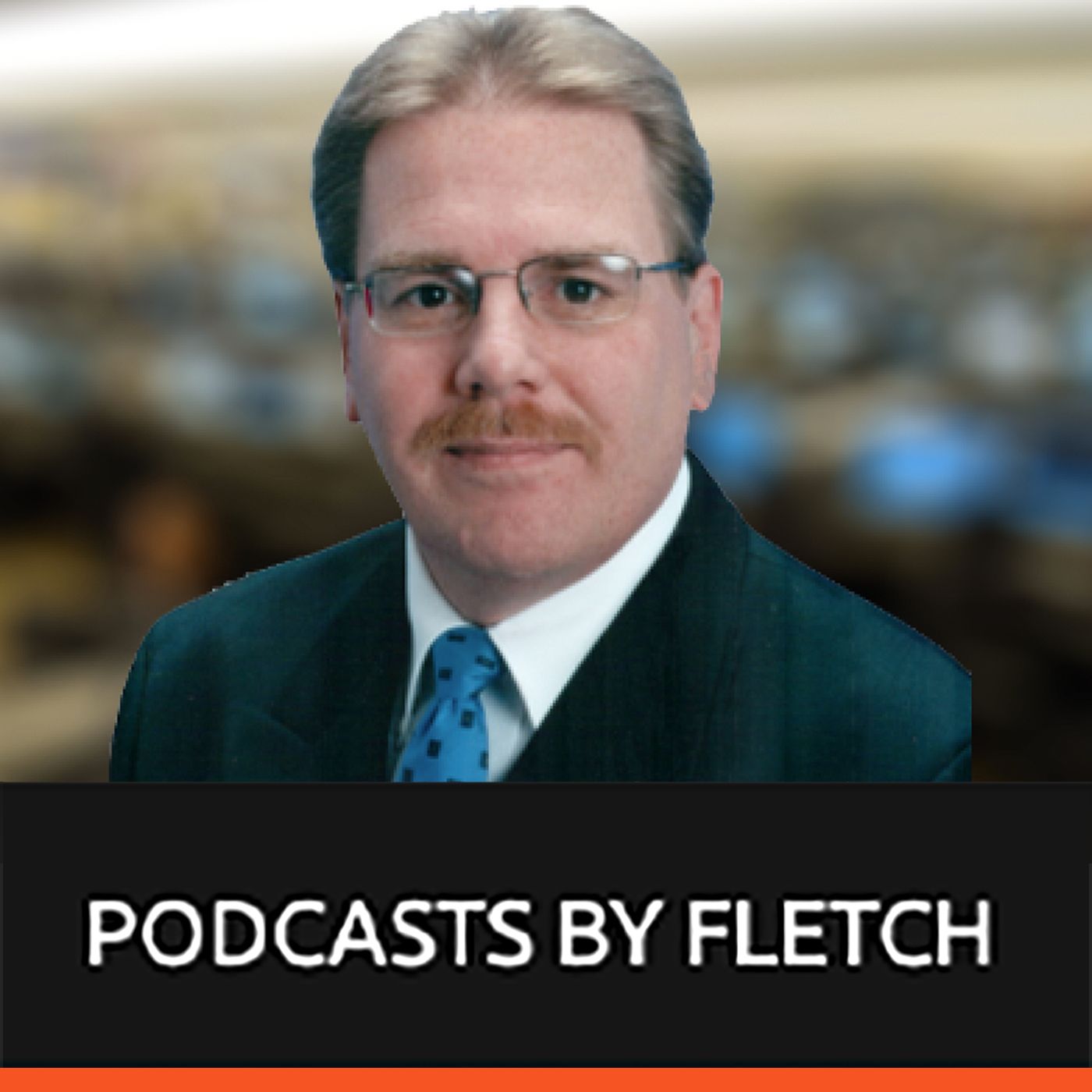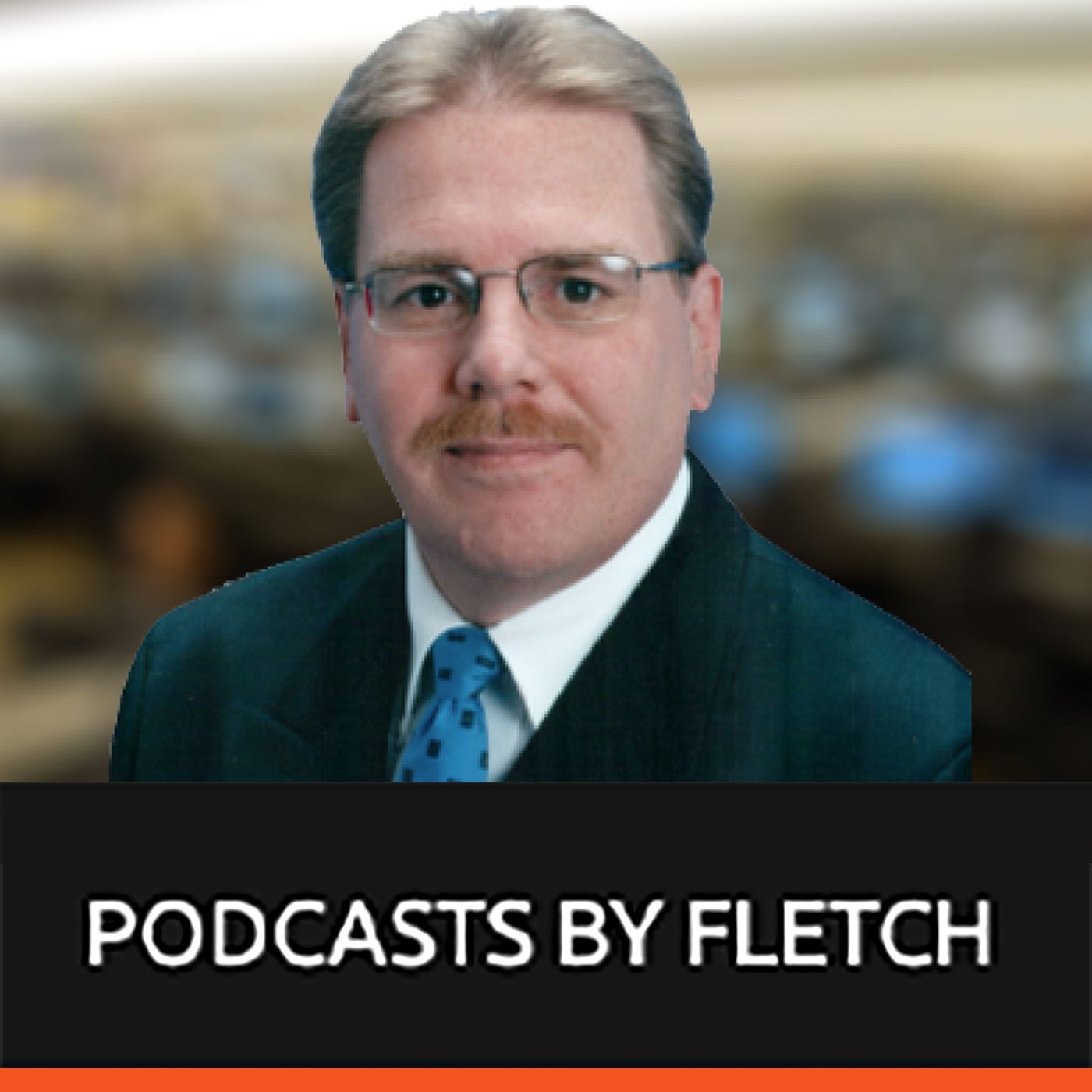Discover Mark J. Fletcher – ENP (Fletch)
Mark J. Fletcher – ENP (Fletch)

205 Episodes
Reverse
The Federal Communications Commission will hold an Open Meeting on Thursday, August 5, 2021, which is scheduled to commence at 10:30 a.m.
This podcast covers the six agenda items currently active for the meeting as of July 30, 2021. Source information was obtained from: https://docs.fcc.gov/public/attachments/DOC-374516A1.pdf
A new phenomenon is beginning to emerge as alternative services to traditional communications have become more predominant. The many options for subscribers, both personal and business users, have significantly increased. In the home consumer subscriber market, it has been given the moniker of 'cutting the cord,' signifying the release from the local telephone companies' stranglehold on local subscribers. Now in its formidable teenage years, this new mode of communications option is wandering into business services.
Similar to the role of the Federal Communications Commission (FCC) in the US. Their Emergency Services Working Group (ESWG). This group, which is composed of Telecommunication Service Providers, Public Safety Answering Points (PSAPs and ECCs), as well as 9-1-1 Industry specialists, works to address issues relating to 9-1-1 services, as well as the technical and operational implementation of these services, including NG911.
There is no denying that COVID-19 has dramatically changed the way we live, work, and communicate. As businesses were forced into lockdown, the pandemic caused a massive surge in remote-enabled unified communications. Fortunately, to maintain some sense of business survivability, workers at nearly every level were forced into daily video communications sessions.
While this trend had emerged slightly in previous years, primarily in a customer support model, the evolution of personal communications and the availability of high-powered, camera-enabled mobile devices flourished. The pandemic triggered a shift in private communications that gradually added pictures, then animations, video snippets, and finally full-motion live streaming video.
In my blog last week, I reported on the FCC initiative requiring carriers to provide what is called the Z-axis on cellular calls to 911. For those of you who don't know, the z-axis reports altitude. Knowing this elevation, calculating the floor that a person is on in a multi-story building is possible and delivered to first responders. This blog sparked many questions, with several people wondering why this has been such a problem? Let me ex[lain . . .
The level of awareness that our nation's ECCs will have access to is about to get much better. According to Bureau Chief Lisa Fowlkes of the FCC's Public Safety and Homeland Security Bureau, new policies and procedures will be in place soon that will provide that agency better access to information about network outages as well as the incidents that cause them.
Here is an AUDIO Version of my latest BLOG. 988 has been adopted as the new National Lifeline for Suicide Prevention. Carriers are activating it in the PSTN networks, and MLTS administrators can be proactive by enabling this 3-digit code in their systems TODAY, forwarding calls to 1-800-273-8255 (TALK).
Congress has tried once again to pass a bill that reclassifies 911 communicators nationwide as emergency first responders. Can we get it done in this Congress?
AUDIO BLOG: CyberCast Podcast with Cyber Expert Michael Echolls, MBA, CISSP. Fletch and Mike talk about the impact of cybersecurity on the nation's Next-Generation 911 net ork and the threats that we need to be aware of.
Join Fletch and his cohost, Cyber Security Expert Michael Echols, as they discuss the implications of cybersecurity and the Next Generation 911 network services being deployed today.
The National Law Review has posted these predictions for 2021 regarding telecom related issues and the Federal Communications Commission. These provide an interesting take on these relevant and top of mind issues affecting the telecommunications industry as a whole, and the pending administrative changes in the industry. Visit http://natlawreview.com for the full story.
Public safety call takers and dispatchers need a wide variety of tools in their proverbial toolbox to assist them in completing their job. After dealing, almost daily, with location challenges a Scotland based center manager gpt tired of waiting and created his own solution, called emergency locate. Listen to how this innovative utility can help save lives worldwide.
Some 911 solutions provide call recording as a feature. Good idea? Or bad? In this podcast will dive into a few facts about the topic that just may change your mind. HIPPA and Privacy are two concerns that immediately come to mind/
For at least the last decade we’ve been discussing next generation 911 services and the additional value they bring with the increase in the number data points that they will carry. Despite this fundamental value, the uptake has been less than inspiring. While there may exist several root causes for the delays, they are far from being unknown or misunderstood, as is often common with new technology deployments.
Can you guess who these 'Single Namers' are in the 911 industry? Once you get really good at what you do for a living, there comes a day when you get to drop your last name. Everyone knows who you are, and everyone knows what you do.
911 Fee Diversion is the scourge of the public safety industry. It is an issue that the FCC Public Safety and Homeland Security Bureau has been tracking for more than a decade. Initially, just getting the data was problematic, with 20% of the states diverting funds in the earliest years.
In just a short time, on January 6th 2021, the RAY BAUM’S Act §506 will go into effect nationwide for MLTS PBX systems. This legislation, which added additional language to Kari’s Law and promulgated over 2 years ago, adds in the requirement for what is called a “dispatchable location” to be provided to on-site personnel as well as public safety 911 call takers, when an emergency call takes place. While Kari was undoubtedly the icon behind the legislation, the issue has been boiling for over 30 years.
Abandoned Calls, Disconnected Calls, and Non-Responsive Calls to 911 create a problem for call takers and utilize critical resources needed for real emergencies. MLTS PBX Systems also generate their share of this traffic and administrators can be proactive about it. Find out how and where to get help in this Podcast by Fletch, 911inform's VP of Public Safety Solutions.
Just as with any other technology, 911 has evolved from its initial mission of routing calls to your local 911 center, to providing discreet location information. But as access technology has advanced with personal mobility, the core network has stagnated to a halt. How do we get around this technological façade that is keeping critical information away from public safety officials? The answer is NG 911, however the reason why it's not widely deployed is certainly a financial one, but not one that you would expect. Why do many put profits ahead of safety?
NG911 is still a new concept, and many have yet to make the transition, or even understand this evolution in the network. Just as other innovations have disrupted the legacy environments, NG911 significantly rocks the boat, upsetting the financial stability of current providers. Unable to make the transition, they spread fear in administrators, when the transition is one that is not complex, but economical while delivering an improved safety response.


